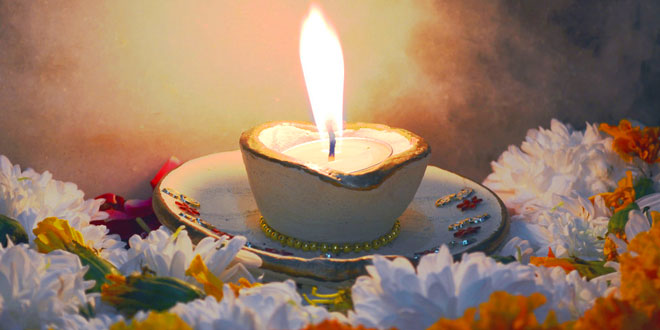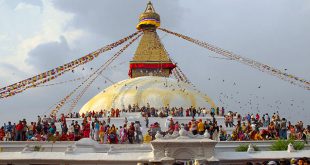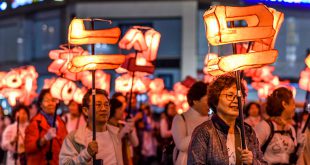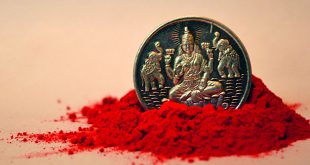Indian New Year: Diwali Marks Hindu New Year – In India, the New Year arrives with the onset of the Festival of Lights, known as Deepawali or Diwali. It marks the beginning of the Hindu New Year. This festival is celebrated with a great zeal, enthusiasm and joy throughout the country. Diwali signifies the victory of good over evil, in Hindu religion. It is celebrated in different ways in different regions of India and is the biggest Hindu festival in the country. People worship the deities, distribute sweets and burst crackers on this day and relatives visit each other to give best wishes for Diwali. However, the celebrations have a deep religious history, based on Hindu mythology.
Diwali: Indian New Year
In major parts of North India, it is believed that Diwali is celebrated to mark Lord Ram‘s return to Ayodhya, after slaying the demon king Ravana. It is widely believed that the people of Ayodhya lit small earthenware lamps to light up the streets of the town and this tradition has been kept alive till now. Diwali is usually celebrated during the months of October-November. In the east, the festival is devoted to Goddess Lakshmi, the deity of wealth and also to Goddess Kali, a reincarnation of Lakshmi. The festival is famously known as ‘Durga Puja’ in East India. The festivities in the east extend to two to three days.
In South India, Indian New Year falls in the month of “Chittirai”, which lasts from April 14 to May 14. New Year is usually celebrated on the 14th of April and is popularly known as “Vishu” and “Tamizh puthaandu”. The day begins with an elaborate puja of household articles, ranging from food and clothes to gold jewelry. An elaborate feast is prepared and the entrances of homes are decorated with flowers and the traditional ‘rangolis’ called “kolam”. Celebrators also offer home made snacks to the guests and visitors.
In Maharashtra, locals celebrate Gudi Padwa as the New Year, while in Andhra Pradesh and Karnataka, it is known as Ugadi. The timing of Ugadi and Gudi Padwa celebrations is the same i.e. the month of Chaitra. In Kashmir, the lunar New Year is known by the name of ‘Navroh’. The celebrations coincide with the first day of Chaitra. In Orissa, New Year is celebrated as Mahabishuba Sankranti. On this day, Oriya people offer a sweet drink, known as Pana, to the holy plant Tulsi, Lord Shiva and other deities. While customs and traditions of New Year may vary across the various parts of the country, the basic essence behind celebrating the New Year remains the same.
 Kids Portal For Parents India Kids Network
Kids Portal For Parents India Kids Network







